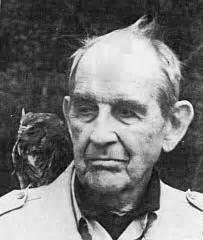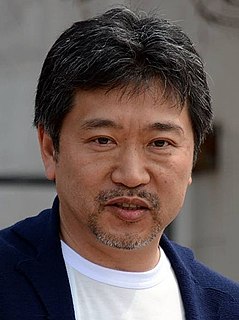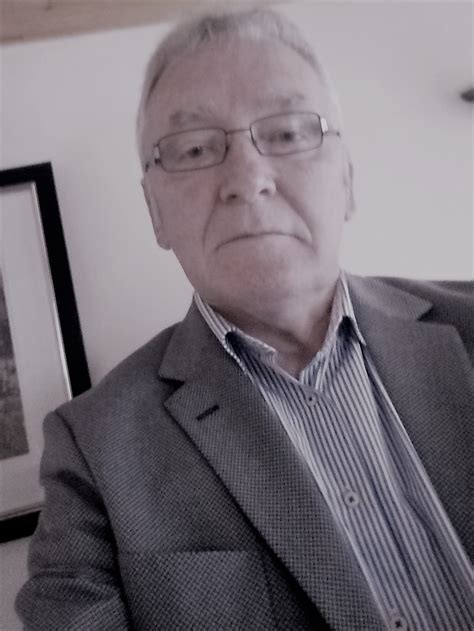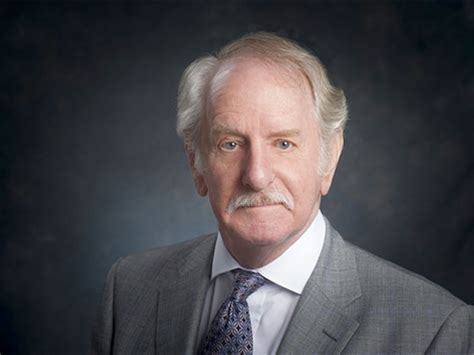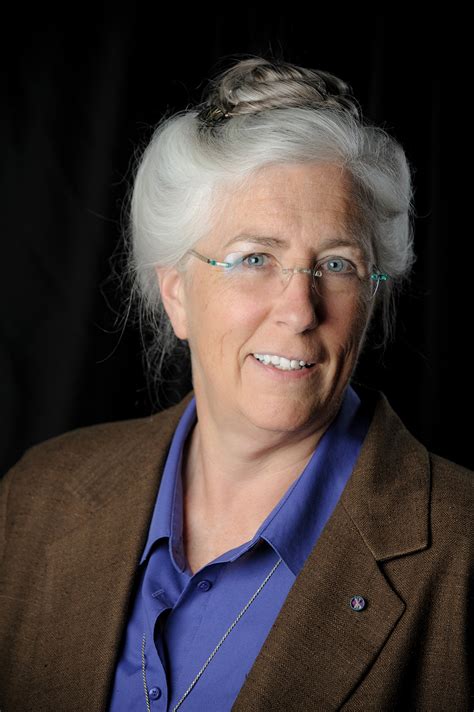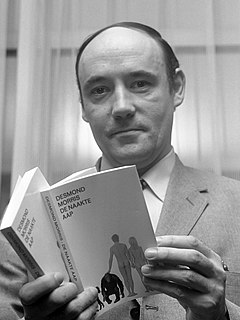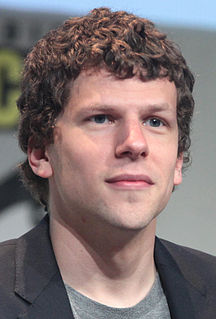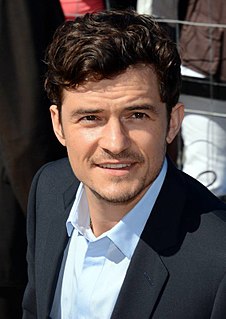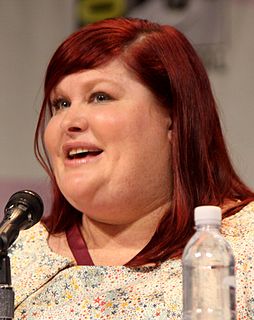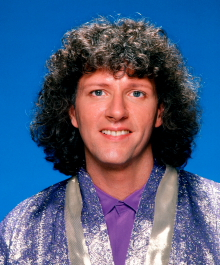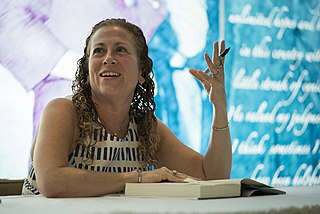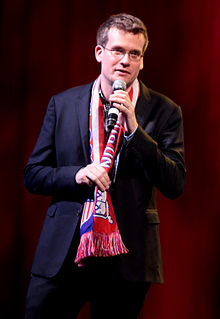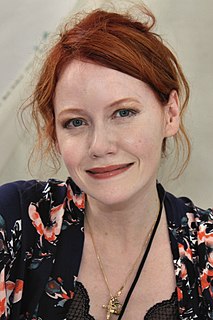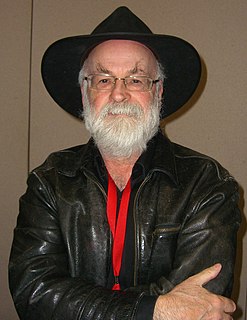A Quote by Peter Farb
Gestures and facial expressions do indeed communicate, as anyone can prove by turning off the sound on a television set and asking watchers to characterize the speakers from the picture alone.
Related Quotes
Don't have conversations taking place in empty space. Weave in background details of where the action (dialogue is a form of "action") is taking place. Don't have invisible people talking, either. Let the reader see them as they speak - their facial expressions and gestures. And by all means "cue" the speeches to the speakers.
Just the fact that there's motion and sound, took me a long time on Walking Dead to get used to the fact that in television, characters don't have to say things. In comics, people have to say I feel this way, or I want to do this, and you can do so much with gesture and movement and facial expressions that you can do sometimes facial expression stuff in comics, but you can do so more if somebody can move around without actually speaking. That leads to a different style of writing between the two mediums.
There is something myopic and stunted in focussing only on the meaning of words and sentences. And this myopia is especially unfortunate when combined with a rather abstract view of a language as a set of elements and rules for combining these. For the result is to divorce enquiry into meaning from attention to the way words - and gestures, facial expressions, rituals and so on - are embedded in practices, in what Wittgenstein called 'the stream of life'.
We read off the many signals that our companions' clothes transmit to us in every social encounter. In this way, clothing is as much a part of human body language as gestures, facial expressions and postures.Even those people who insist that they despise attention to clothing, and dress as casually as possible, are making quite specific comments on their social roles and their attitudes towards the culture in which they live.
In a movie, it's often important to have aliens whose gestures and facial expressions can be 'read' by humans. And in the days before sophisticated computer animation, most extraterrestrial bit players were guys in rubber suits. Such practical considerations forced Hollywood's hand when it came to aliens - they look like us for good reasons.
